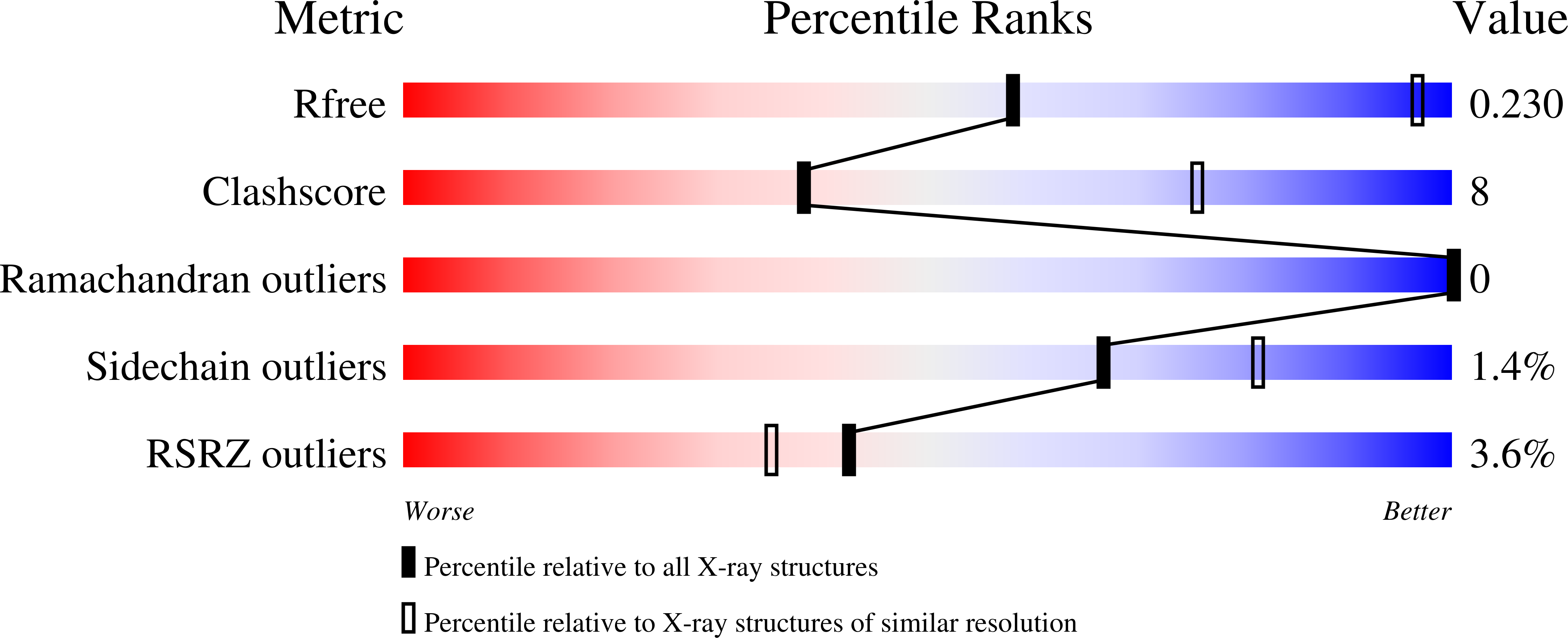
Deposition Date
2023-12-08
Release Date
2024-05-15
Last Version Date
2024-06-12
Entry Detail
PDB ID:
8V9O
Keywords:
Title:
Imaging scaffold engineered to bind the therapeutic protein target BARD1
Biological Source:
Source Organism:
synthetic construct (Taxon ID: 32630)
Host Organism:
Method Details:
Experimental Method:
Resolution:
3.81 Å
R-Value Free:
0.23
R-Value Work:
0.19
R-Value Observed:
0.20
Space Group:
I 2 2 2


